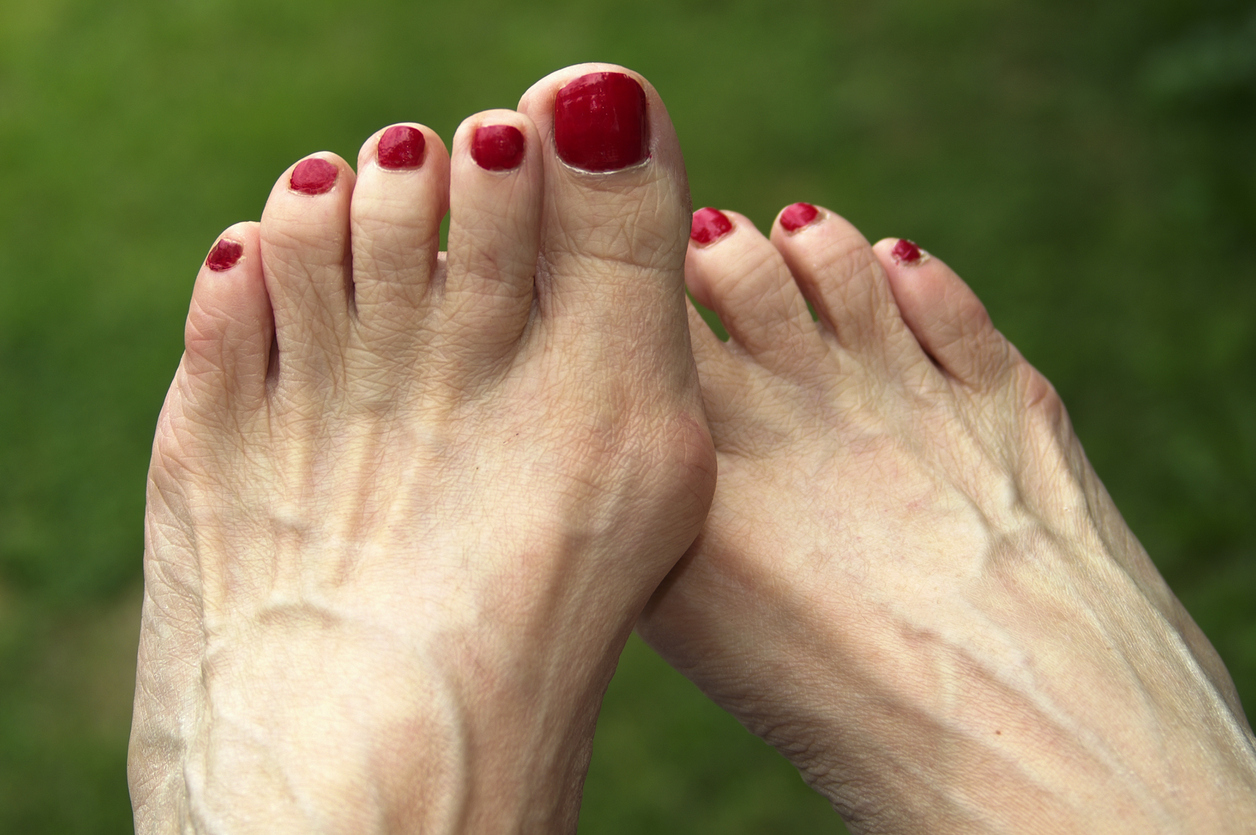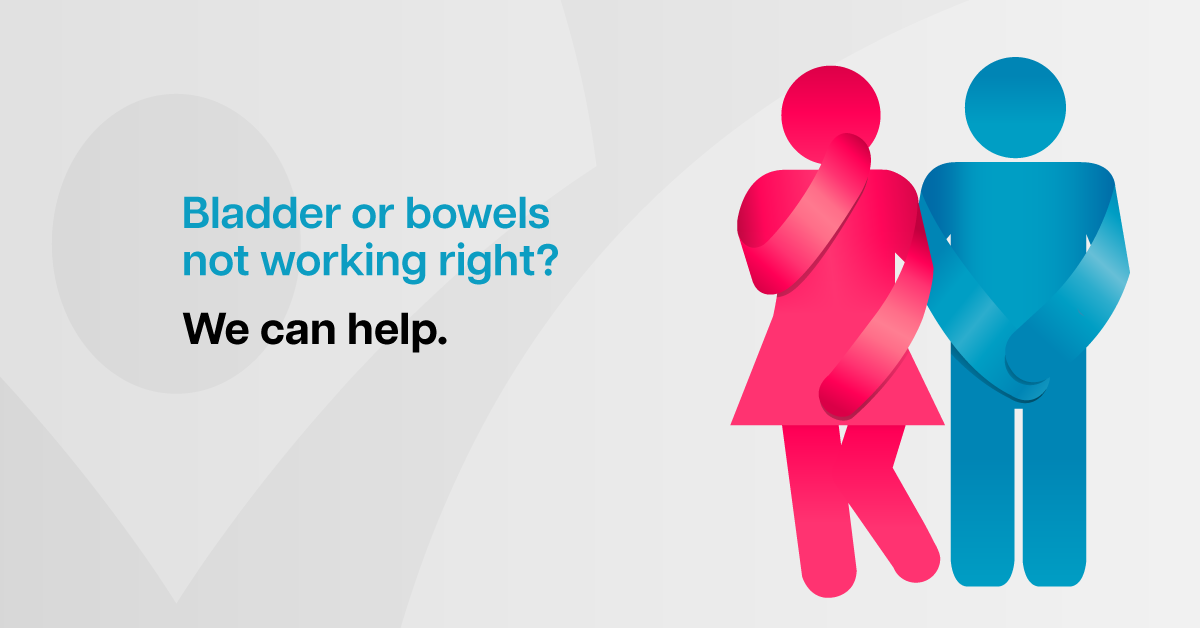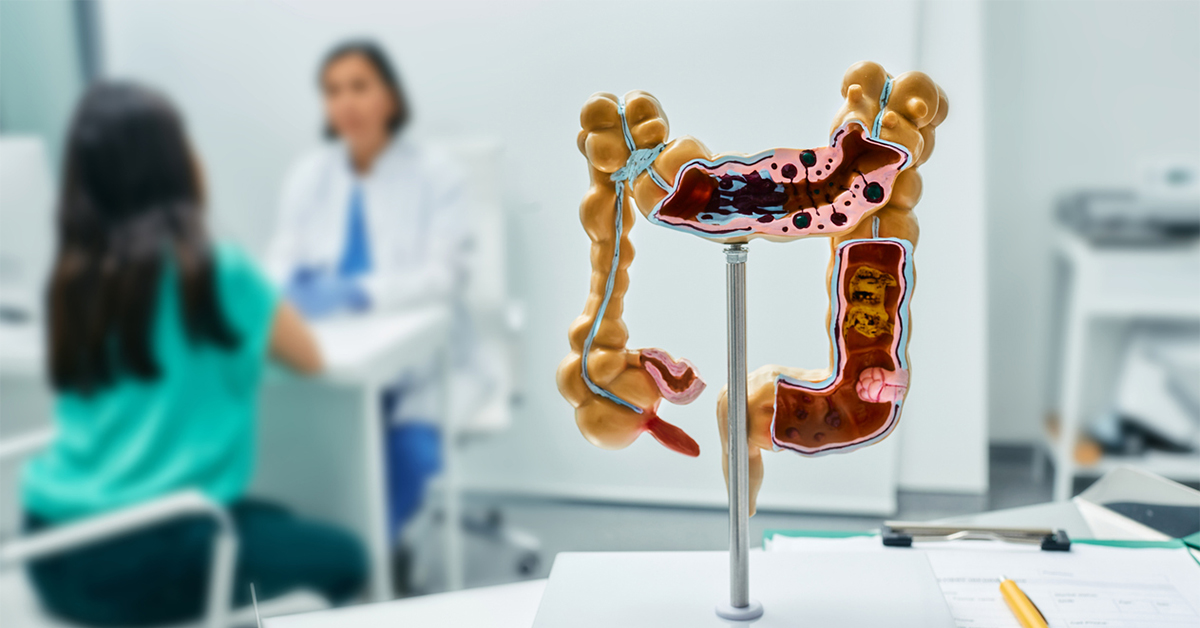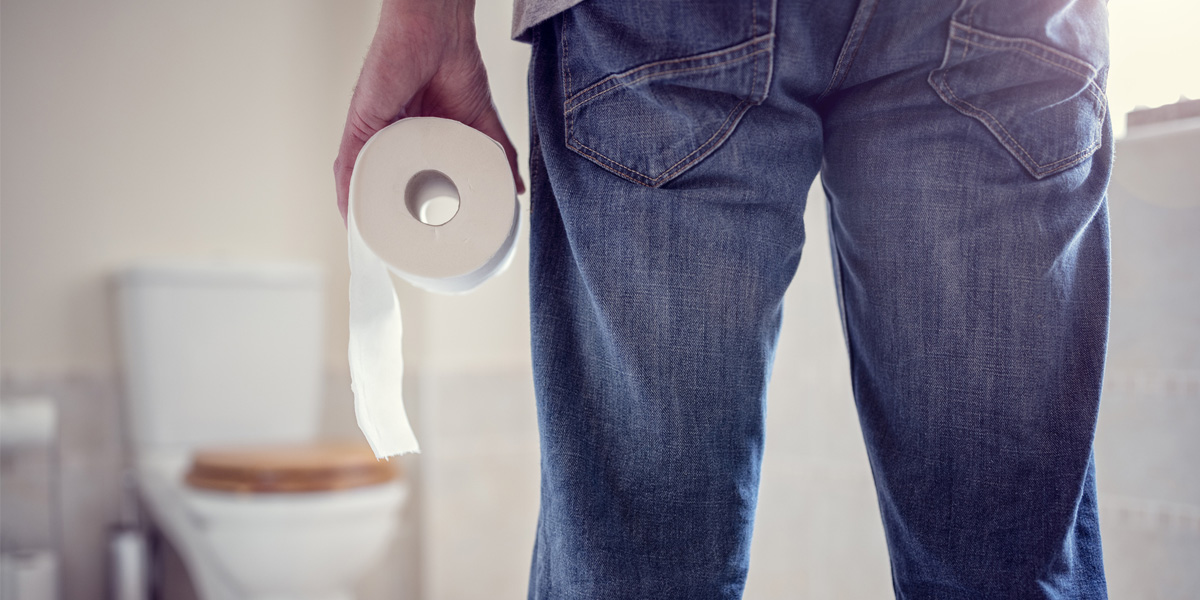Understanding Bunions and How to Manage Them
That bony outgrowth on the inside of your big toe – the one causing all the redness, swelling, and lots of pain – that’s a bunion. More than an aesthetic nuisance, bunions can significantly impact mobility and quality of life. Let’s learn what they are, what causes them and how to manage them.
What are bunions?
A bunion, as noted by the American Podiatric Medical Association, is commonly referred to as a “bump” on the joint at the base of the big toe—the metatarsophalangeal (MTP) joint—that forms when the bone or tissue at the big toe joint moves out of place. The toe is forced to bend toward the others, causing an often painful lump of bone on the foot. This condition is medically known as hallux valgus.
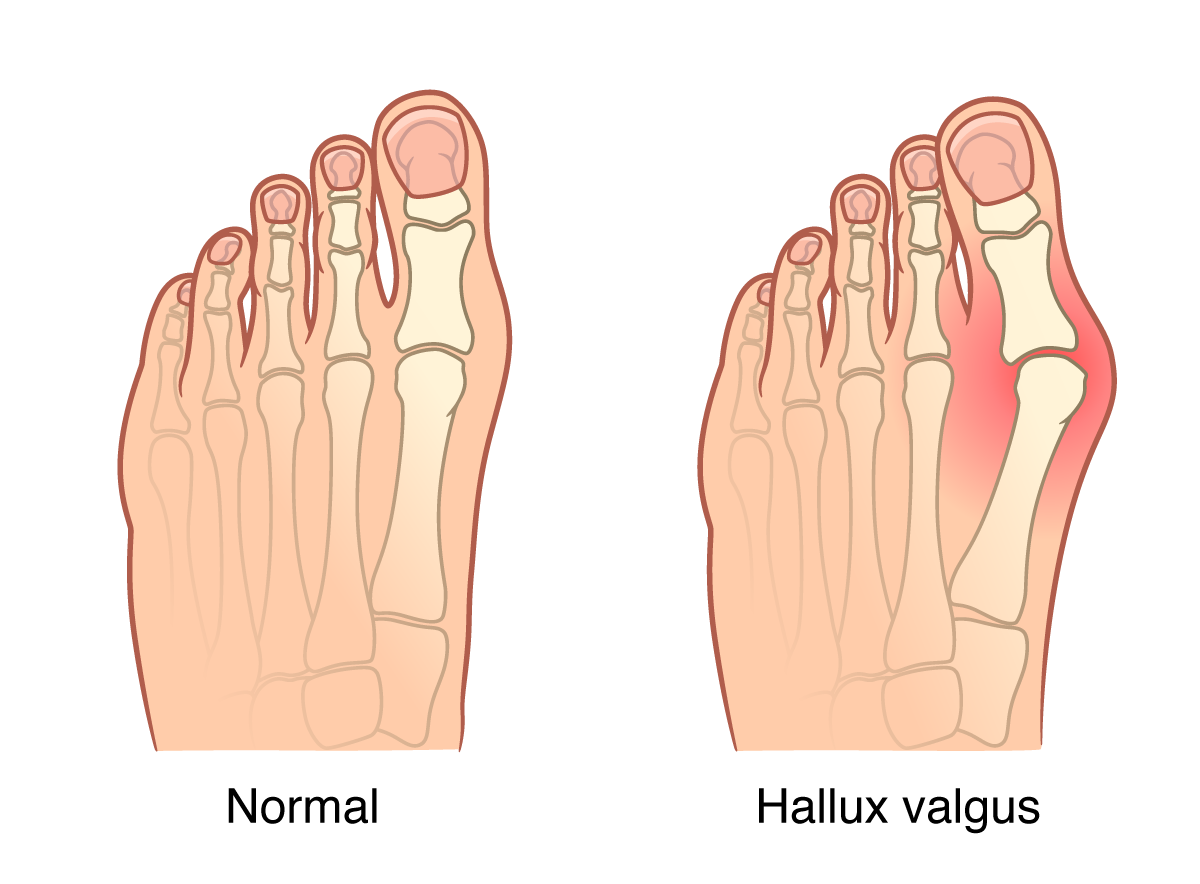
According to a National Foot Health Assessment, about 18 million American women and 4 million men report having bunions every year. They are also twice as common among people sixty years of age and older.
Because this joint carries a lot of the body’s weight while walking, bunions can cause extreme pain if left untreated. The MTP joint itself may become stiff and sore, making even the wearing of shoes difficult or impossible. A bunion—from the Latin “bunio,” meaning enlargement—can also occur on the outside of the foot along the little toe, where it is called a “bunionette” or “tailor’s bunion.”
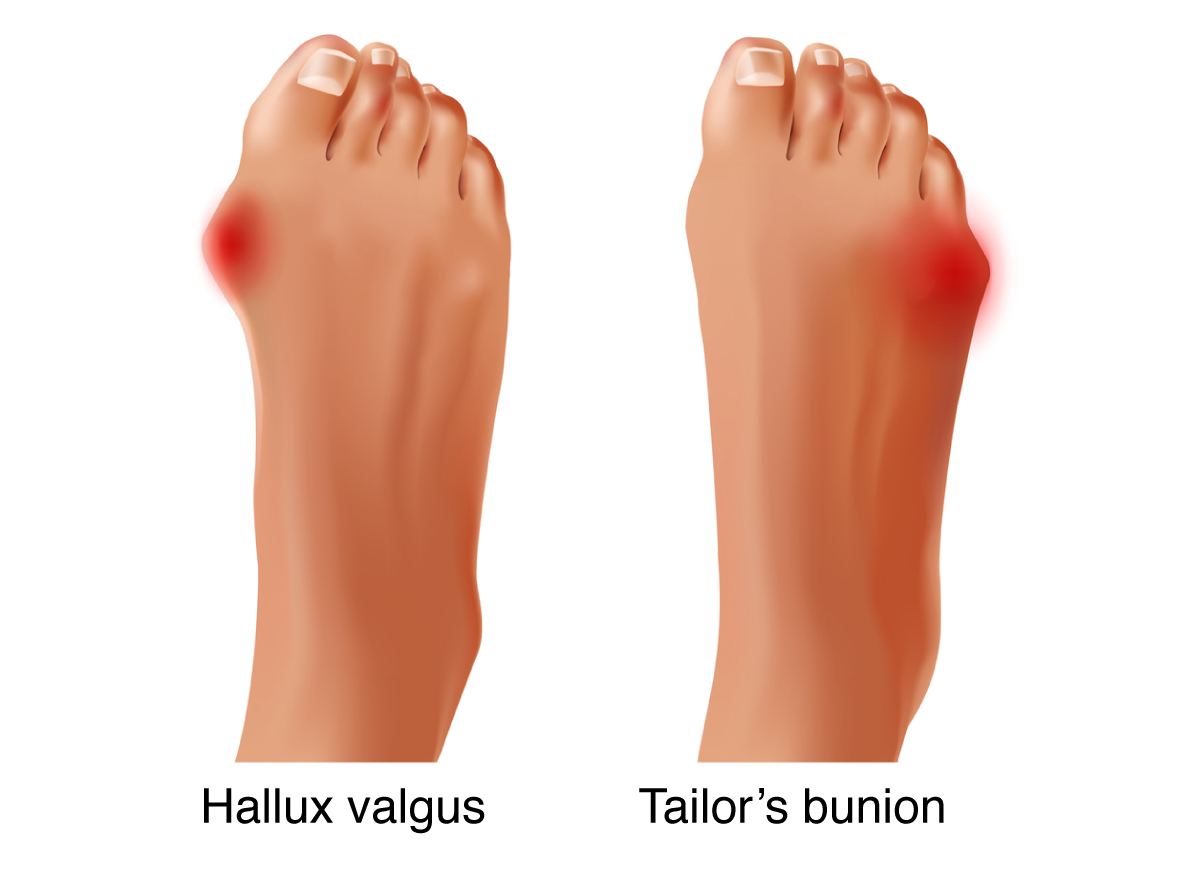
What causes bunions?
Bunions can develop due to a combination of factors, including:
- Genetics: Bunions have a strong hereditary component. Certain foot shapes and inherited structural defects can predispose individuals to developing bunions.
- Footwear: Wearing high-heeled shoes or shoes that are too tight or narrow can increase the risk of bunions or exacerbate existing ones.
- Biomechanics: Flat feet, high arches, abnormal walking patterns, and other foot mechanics can create an imbalance, putting undue stress on the big toe joint and promoting bunion development.
- Arthritis: Inflammatory arthritis conditions like rheumatoid arthritis can weaken the joints, increasing the risk of bunions.
Symptoms
Bunions can cause a range of symptoms, which can vary from mild to severe. Some common symptoms include:
- Bump at the base of the big toe: The most visible sign of a bunion is the bony prominence on the side of the foot.
- Pain or tenderness: Bunions can cause discomfort and pain, particularly when walking, wearing shoes, or applying pressure to the affected area.
- Swelling and redness: Inflammation and irritation may occur around the bunion.
- Restricted movement: Some individuals may experience a decrease in the range of motion in the affected toe.
What to do about bunions
While bunions are a progressive condition that won’t disappear on their own, several treatment options can help manage the pain and slow down their progression. Some common approaches include:
Conservative measures
- Footwear modifications: Switching to comfortable and properly fitting shoes with a wider toe box can relieve pressure on the bunion and reduce pain.
- Orthotic inserts: Custom orthotic inserts or over-the-counter arch supports can help distribute pressure more evenly and provide additional support to the foot.
- Physical therapy: Targeted exercises and stretching can help improve foot mechanics, strengthen muscles, and increase flexibility.
- Pain relief and inflammation management: Over-the-counter pain relievers or anti-inflammatory medications may help alleviate discomfort and inflammation.
- Padding and splinting: Special padding or splints can help cushion the bunion and provide support, particularly when wearing shoes.
Surgical intervention
- Bunionectomy: This surgery involves realigning the big toe joint and removing excess bone and tissue to alleviate pain and improve function.
- Minimally invasive bunionectomy: For less severe cases, minimally invasive techniques using smaller incisions and specialized tools can offer faster recovery times and reduced scarring.
Preventing bunions
While bunions cannot always be prevented, taking proactive measures can help reduce the risk or slow down their progression:
- Choose footwear wisely: Opt for shoes that provide proper arch support, have a wide toe box, and avoid high heels or shoes that squeeze the toes.
- Maintain a healthy weight: Excess body weight can place additional stress on the feet, potentially aggravating or accelerating bunion development.
- Monitor foot mechanics: Pay attention to your foot structure and mechanics, and seek professional advice if you notice any abnormalities or discomfort.
- Exercise and stretch: Incorporate foot exercises, such as toe spreads and toe curls, into your daily routine to improve strength and flexibility.
- Regular foot care: Maintain good foot hygiene, keep your feet clean and dry, and regularly inspect for any changes or signs of discomfort.
When to seek medical advice
If you suspect you have a bunion or are experiencing foot pain and discomfort, it’s time to seek out the expertise, Your podiatrist can accurately diagnose the condition, recommend appropriate treatment options, and address your concerns. Call Welia Health at 320.679.1313 or log onto MyChart to schedule a consultation with Corey Valentine, DPM, who specializes in bunion treatment.
Bunions can be challenging and uncomfortable conditions to deal with. However, with proper knowledge, proactive measures, and timely intervention, you can find relief and manage the symptoms effectively. Remember, early detection and treatment are key to preventing the progression of bunions. So, take care of your feet, listen to your body, and seek professional advice when needed. Your feet will thank you for it!


